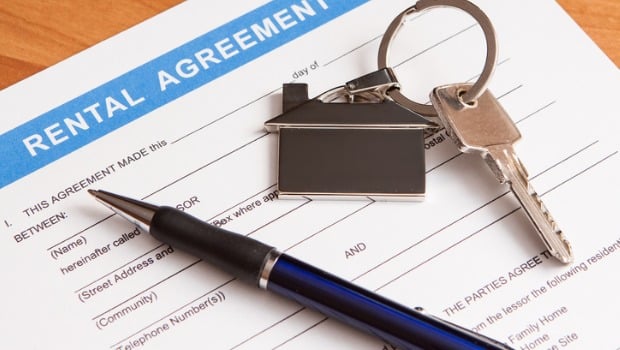The Moreland Energy Foundation Ltd (MEFL) and SunTenants launched their Solar for Renters pilot program today. The pilot solar renters program will test out the ‘split incentive’ model for landlords and renters.
Moreland is an inner-northern region of Melbourne, where around 38 per cent of homes are rentals. As there can be limited incentives for landlords to install solar panels, renters often get locked out of the benefits of solar. For this reason, the pilot program will enable 10 initial participating households to test out the Solar for Renters model.
Through the SunTenants model, both tenants and landlords could potentially benefit from the installation of solar panels – landlords from subsidies and increased rents, and tenants from cheaper electricity.

SunTenants is a social enterprise and a Green Globe Awards winner. MEFL is an independent not-for-profit that works with households and organisations to implement sustainable energy projects.
Energy Matters is proud to be a technology partner of MEFL, and one of the preferred installers for the scheme.
A win-win scalable solar renters solution
Under the scheme, rooftop solar installations cost between $4,700 and $7,000, depending on size. Landlords would pay SunTenants a small annual fee to calculate a fair rent increase and positive returns for owners, and to monitor the system to ensure good outcomes for tenants.
MEFL CEO Alison Rowe said the program aims to deliver a win-win, scalable renewable energy solution that can benefit tenants and landlords. She also called it a “big step forward” towards a zero-carbon future.
Solar panel installations are more of an investment than just a cost in this type of ‘split incentive’ scenario. Returns-on-investment for landlords under programs of this type are typically over 10 per cent.
Participating tenants in programs of this type could also earn credits on any electricity they feed back to the grid.
Solar batteries also reduce costs for households
Another method of saving money is by storing unused solar energy in solar batteries.
The Tesla Powerwall for example is a rechargeable lithium ion battery with a capacity of 13.5 kWh. Installing a system such as the Powerwall enables solar households to store solar energy for use at night.
That way, users reduce their need to draw on the grid, saving even more money on their power costs.












































